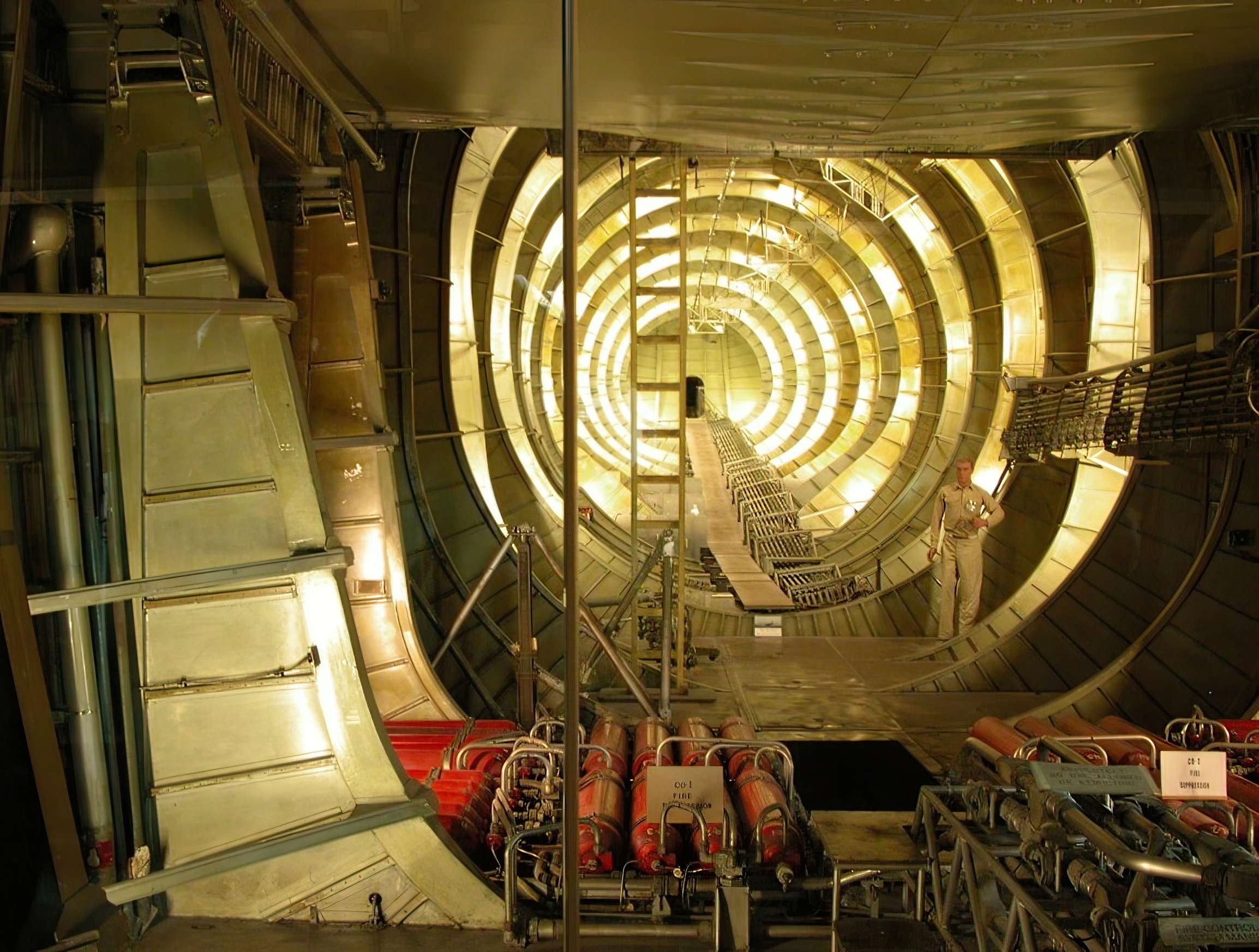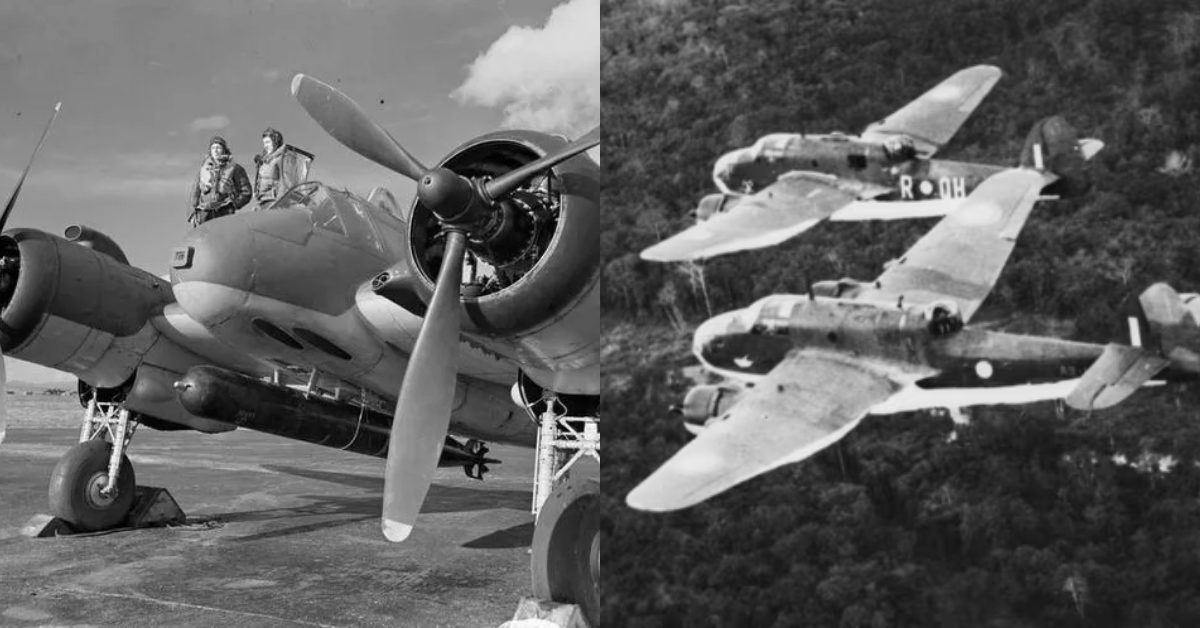A Giant Wooden Flying Boat
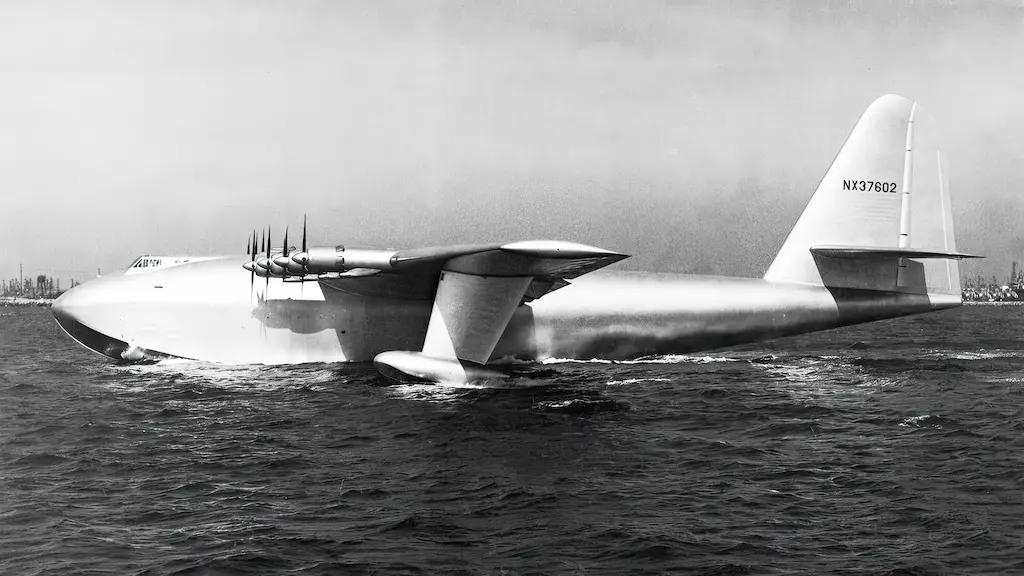
The Hughes H-4 Hercules, famously dubbed the “Spruce Goose,” was a groundbreaking prototype flying boat, meticulously conceived and crafted by the Hughes Aircraft Company during the 1940s. Its primary objective was to serve as a pivotal transportation mechanism for troops and equipment across the Atlantic during World War II. Regrettably, the war concluded before the aircraft could be finalized.
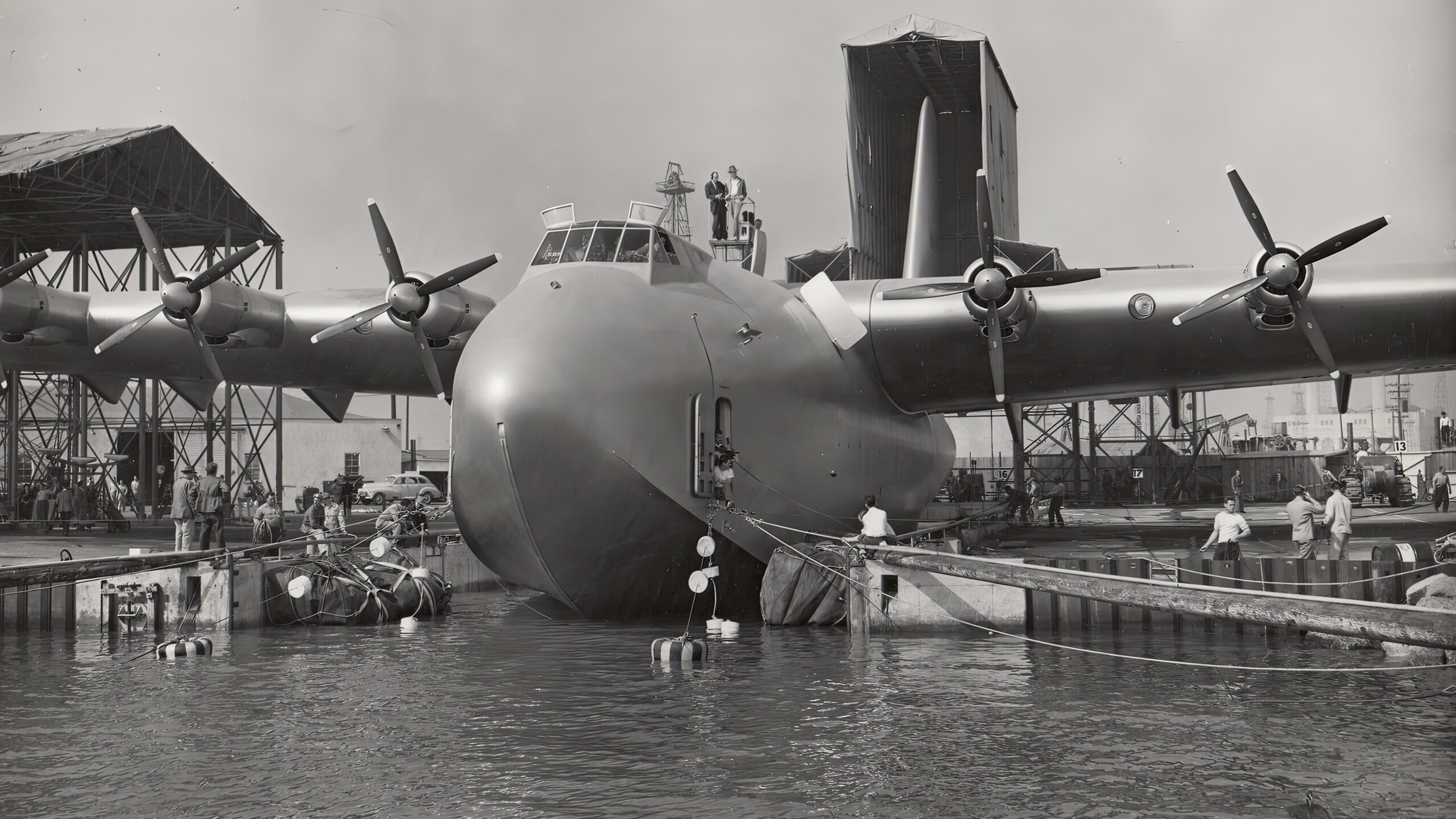
The H-4 Hercules was particularly notable for its colossal size, ranking among the largest aircrafts ever constructed. Its wingspan stretched an awe-inspiring 320 feet while its length spanned an incredible 218 feet. The aircraft’s construction was predominantly composed of wood, as wartime restrictions prohibited the use of metals. The H-4 Hercules was powered by eight mammoth Pratt & Whitney R-4360 Wasp Major radial engines, each producing a staggering 3,000 horsepower.
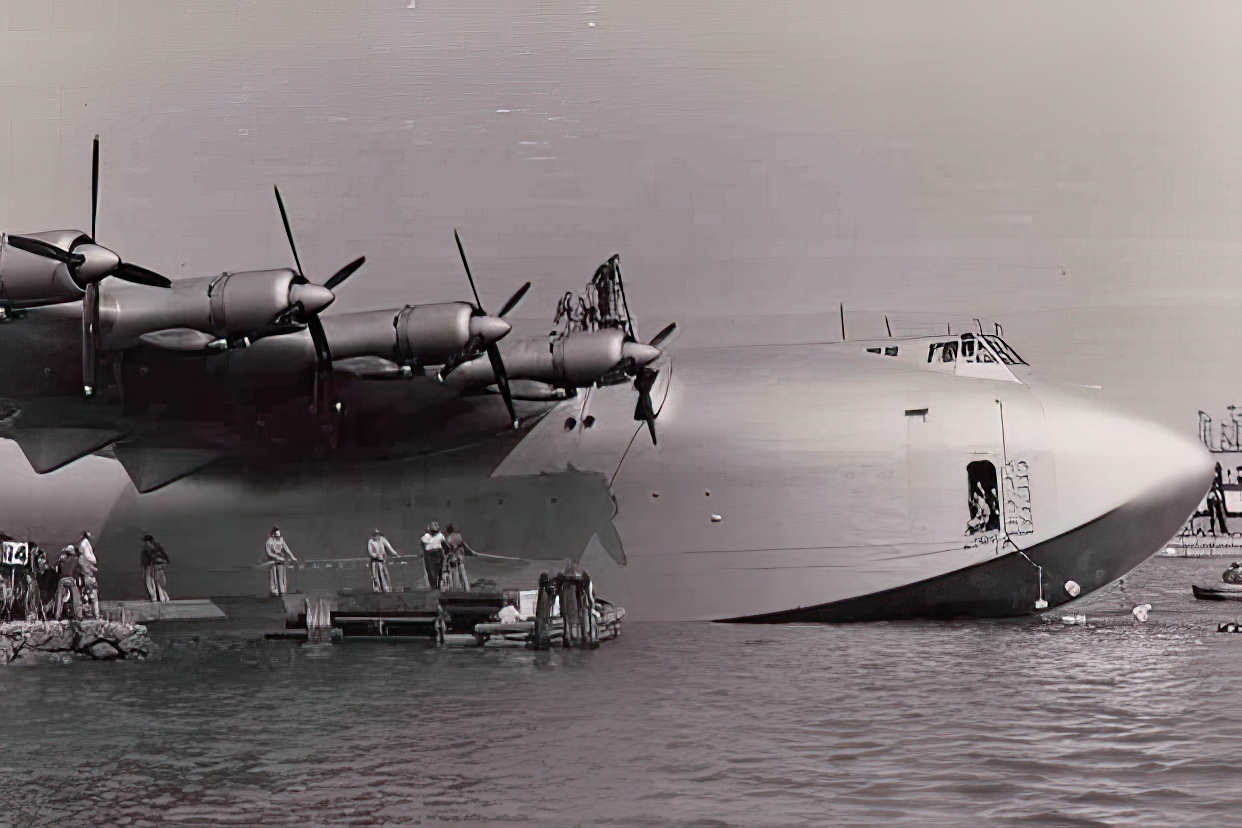
Development History
The tale of the Hughes H-4 Hercules commences in the midst of World War II, circa 1942, when the United States found itself in dire need of a gargantuan transport plane that could ferry troops and supplies across the Atlantic sans the risk of being targeted by enemy submarines. A solution was conjured up: the creation of a flying boat that could take off and land on water, thereby eliminating the need for a runway.
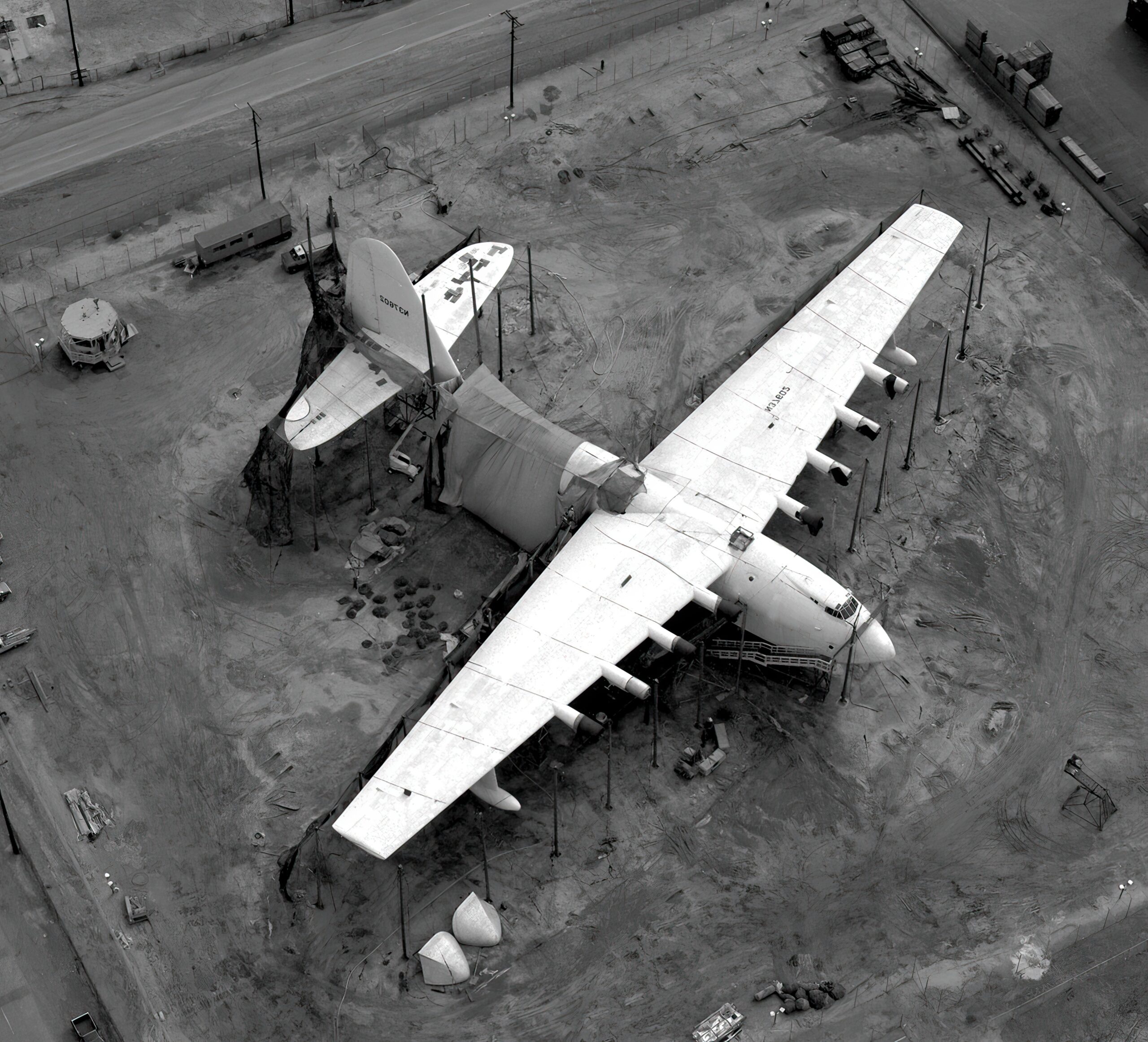
The illustrious billionaire aviator and industrialist, Howard Hughes, led the charge on this ambitious project, renowned for his innovative thinking and exceptional engineering skills. Hughes assembled a team of engineers and designers who toiled tirelessly to conceive and construct the mammoth aircraft. However, sourcing materials to construct the plane proved to be one of the most significant challenges as metals were scarce due to wartime limitations. Consequently, Hughes and his team chose wood as the primary material, earning the H-4 Hercules the moniker “Spruce Goose.”
Video: Detailed tour through the Spruce Goose! – the Hughes H-4 Hercules.
The H-4 Hercules took a staggering seven years to build, and its inaugural and only flight occurred on November 2, 1947, above Long Beach Harbor in California. The flight, albeit brief, spanning a mile and lasting less than a minute, proved that the colossal aircraft was indeed capable of taking flight. Despite this monumental achievement, some critics dismissed the project as a wasteful use of resources, and it never entered production. Nevertheless, the H-4 Hercules remains an iconic aircraft and a testament to Hughes’ engineering prowess.
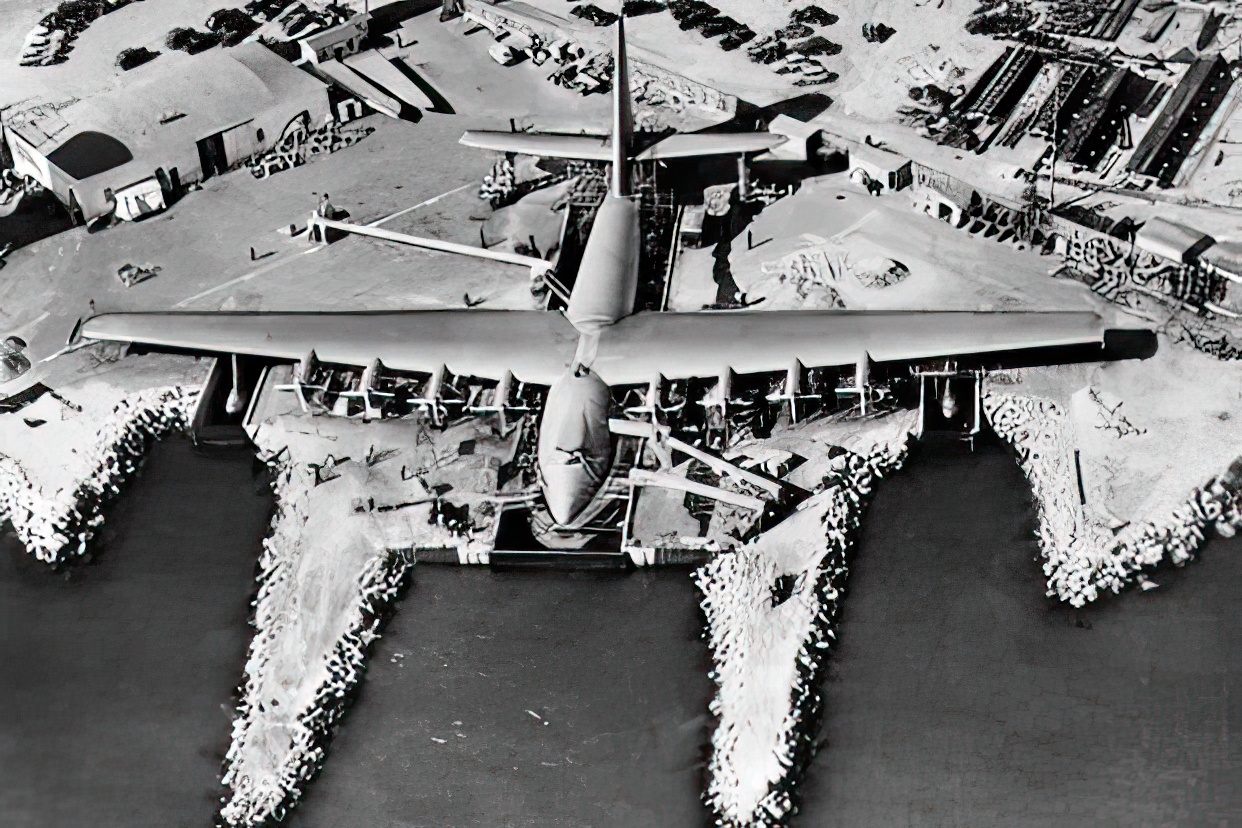
Challenges Faced by the Hughes H-4 Hercules
The Hughes H-4 Hercules faced a plethora of challenges that prevented it from achieving the widespread success it deserved. This behemoth of an aircraft, with its massive size and weight, posed a significant challenge to control, especially during takeoff and landing. The Pratt & Whitney R-4360 engines, the power source for this mammoth machine, were also unreliable and prone to mechanical failure, which was a significant concern for an aircraft of such immense size.
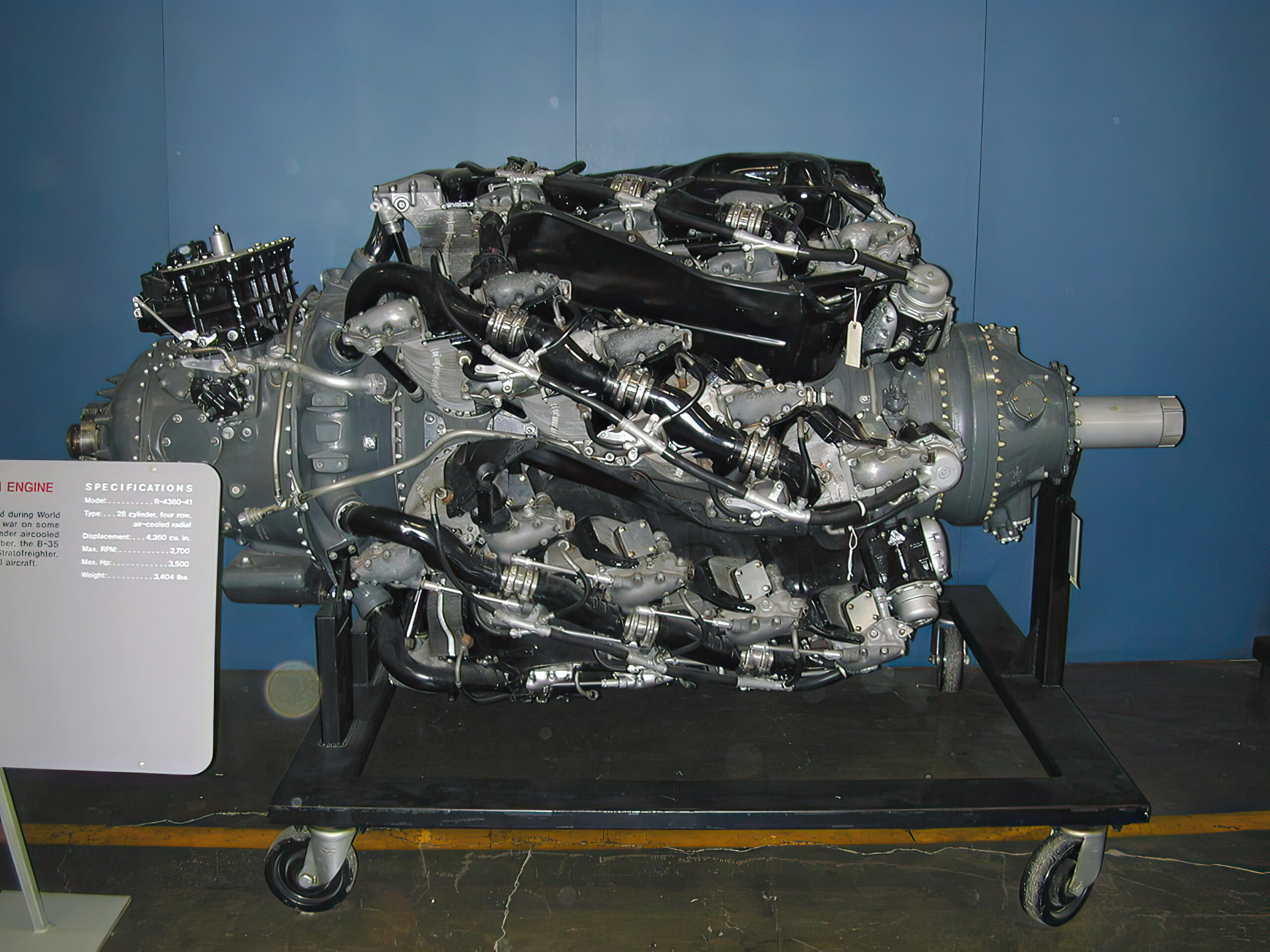
The decision to construct the H-4 Hercules primarily out of wood, while unique and innovative, presented a host of challenges. Wood, being more susceptible to damage from moisture and insects, made maintenance and upkeep a more arduous task. Moreover, the aircraft’s maximum speed and altitude were limited as wood is not as robust as other materials used in aircraft construction. Finally, the intended capacity of the H-4 Hercules to carry a large number of passengers or cargo made it an impractical choice for most commercial airlines. All of these factors, combined with the exorbitant cost of the project, ultimately led to its cancellation and the H-4 Hercules being limited to a single flight test.
